
Whether it’s the socially enabled online mode, the deadly new “Survive It” challenges, or the mammoth mountains modeled after NASA satellite maps, the new SSX is hardly short on ambition. During a recent hands-on session, I caught up with art director and series veteran Geoff Coates to discuss how this classic PS2 series is handling the jump to PS3 for the first time.
During our chat, I was able to slip in some questions from the PlayStation.Blog community and squeak out some tantalizing hints of the PS3-exclusive Mt. Fuji level.
PlayStation.Blog: What does the PS3’s technology bring to SSX? What can you do now that you couldn’t do in the PS2 era?
Geoff Coates, Art Director, SSX: I worked on all the previous SSX games, and at the time we had a lot of big ambitions that we couldn’t execute due to technological limitations – whether it was console hardware power or software holding us back. We’ve just caught up now from a technical perspective, so it seems like the best possible time for a new SSX game.Terrain is a great example of that. Having worked on the previous games, I remember how hard it was for us to create those tracks. Now, on the PS3, we have nine different mountain regions, 27 different peaks and over 100 different runs. That’s something we couldn’t have imagined pulling off on the PS2: those tracks worked more like linear racetracks. Now we model the mountain region in full, then we can drop you on different peaks and you can run them as Race It events, Trick It events, or Survive It events.
The scope is enormous. We have a Google Earth-style interface, and it’s fun to zip around in the UI and check out the global regions. We’ve got Alaska, the Himalayas, Siberia, Patagonia, and on and on.
PSB: The Survive It element was a bit controversial when it was first revealed, with some players worried it was tampering with a winning formula. What’s your response?
GC: When we initially showed the Survive It challenges when we unveiled the game, we wanted to show what was new. The Race It and Trick It events are still the heart of what SSX is all about; Survive It aspect is just an added component. All the stuff you love about the game – the over-the-top tricks, the terrain, the characters – are coming back. Survive It adds a new twist, and it’s compelling partly due to the danger and partly due to helpful gear like the Wing Suit. It’s super fun to shred down a course and know that if you don’t make a big jump, you’re going to fall into the crevice and die. That’s an experience we’ve never had before.PSB: As EA announced at E3, Mt. Fuji will be an exclusive bonus for PS3 players. Can you give us a preview of what we can expect?
GC: I was actually just playing Mt. Fuji the other day! I can’t share too much yet, but it will fit into the rest of the SSX world. It does, however, have a very distinct look. It look really cool and I think PS3 fans will be excited once they see it.PSB: What’s your favorite feature in the new SSX? What grabs you, personally?
GC: I really like all the gear enhancements that the characters have now – the Wing Suit, the ice axe or other survival equipment. It’s something we’ve never had before, and they add these really cool layers to the gameplay. And once you unlock them you can use them anywhere… But we have to be careful with something (as liberating as the Wing Suit) so that we don’t mess up the gameplay. The designers have done a good job with it so far: it’s very fun but it doesn’t break the balance.
PSB: One of the key ingredients of any SSX game lies in the soundtrack. Can you share any details?
GC: You’re right: Music has always been a key element of the SSX experience, and it will continue to be so. We’re looking at a lot of things: letting players use their own music in the game, customize their playlist and that kind of thing. In terms of performers and types of music on the soundtrack, we’ll have more to share once those details are finalized.PSB: The Rewind feature looks pretty cool — if you screw up a jump, you can just turn the clock back with a button press. How do you balance a feature that allows you to literally undo mistakes?
GC: We’re getting really good feedback for Rewind, and we’ll definitely have it in the game. Its impact on gameplay will depend on gameplay balancing – it’s a cool feature, but it will definitely have to have a cost in terms of time or a Tricky boost. We’ll balance that out as we get closer to final.PSB: How does online competition work? Will there be any way to post run times or high scores to your friends?
GC: The online component and being able to interact with and race against your friends online is a huge component. You will be able to see your friends’ best scores and they can challenge you to races. We’ve also got RiderNet, which allows you to recommend drops and runs to your friends. There’s a lot of interaction with your friends — online is a big pillar for SSX. When I get a chance to see what the online group is planning, I’m always super stoked.
PSB: The control scheme has evolved over the SSX series, moving from the d-pad focus of the first game to a reliance on analog sticks in later titles. What’s your philosophy for this game?
GC: We’re still trying to nail down exactly what the final control scheme will be. We were looking at multiple control configurations, that kind of thing. But one thing our creative director always says is “make awesome easy.” Whatever control config we do end up with, you’ll be able to pick it up and play and bust awesome tricks right away. But there is a layer of depth – it’s easy to pick up, hard to master.PSB: Race It and Trick It are the stalwarts of the series. What’s evolved there?
GC: Their essence is fully intact. What’s changed is that the design of the world now dictates how you interact with the tracks. The traditional SSX games were highly crafted experiences: it was all about hitting that same jump in a slightly different way to get slightly more air, to earn a few extra points. I watch people playing this game, and they take entirely different paths, different rails, different routes. The tracks are so big and expansive now that you can take many, many routes down the mountain. It’s less about hitting a specific jump perfectly and more about finding a whole new line down the hill.



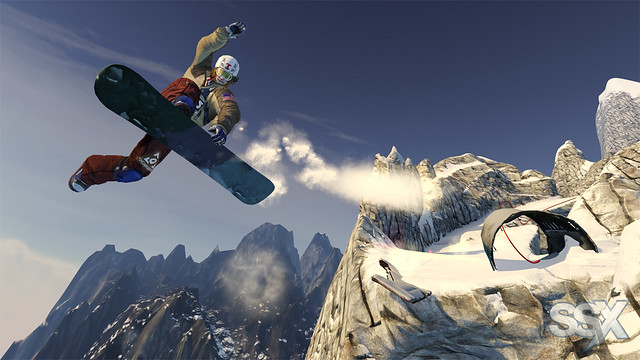
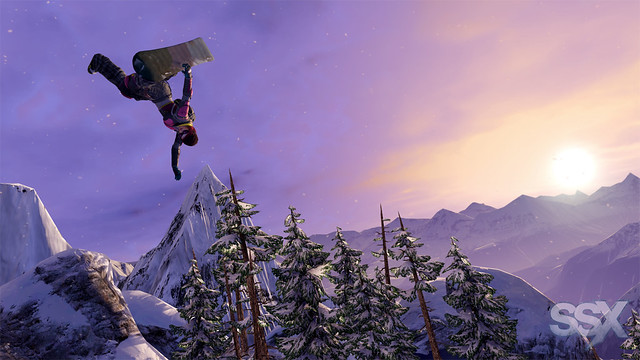
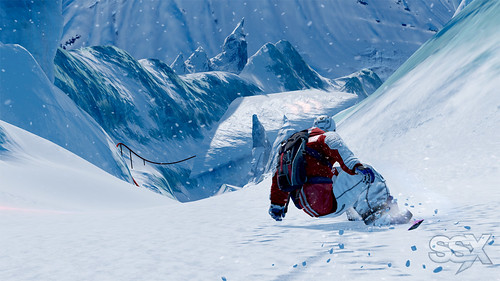
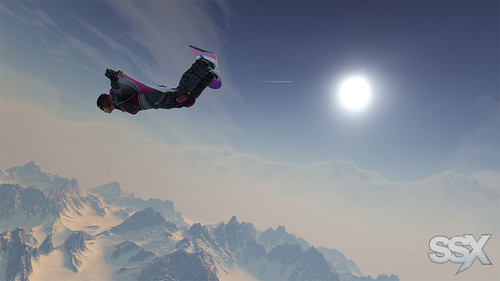
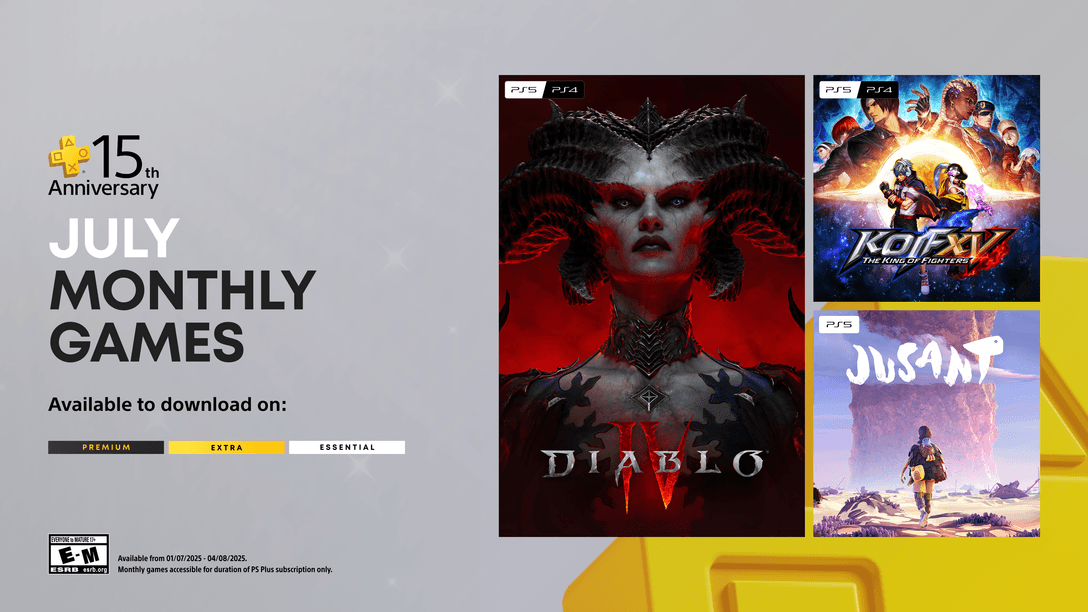

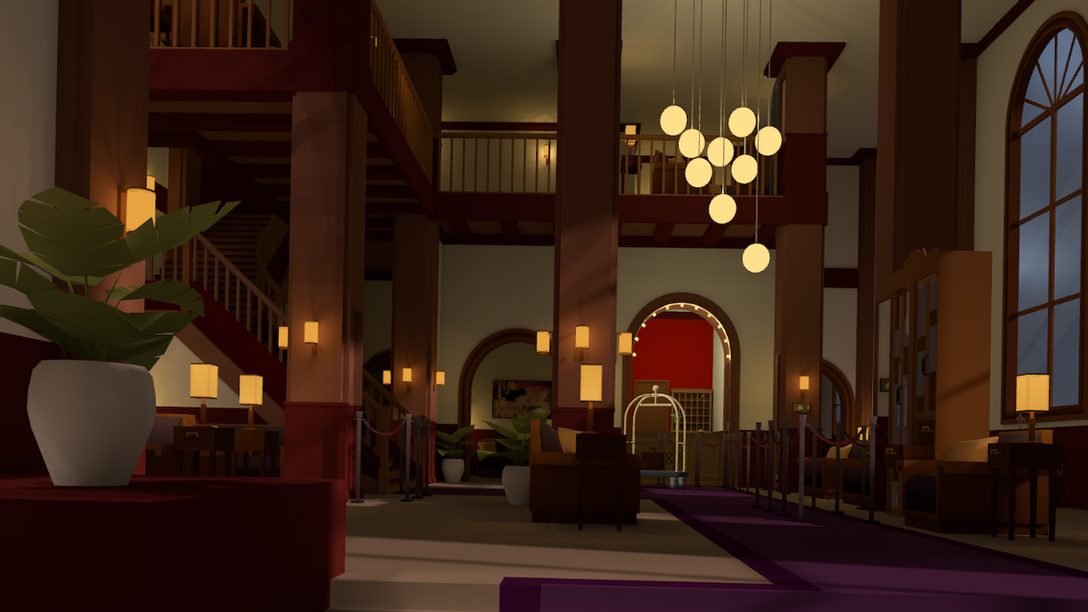





Comments are closed.
55 Comments
Loading More Comments